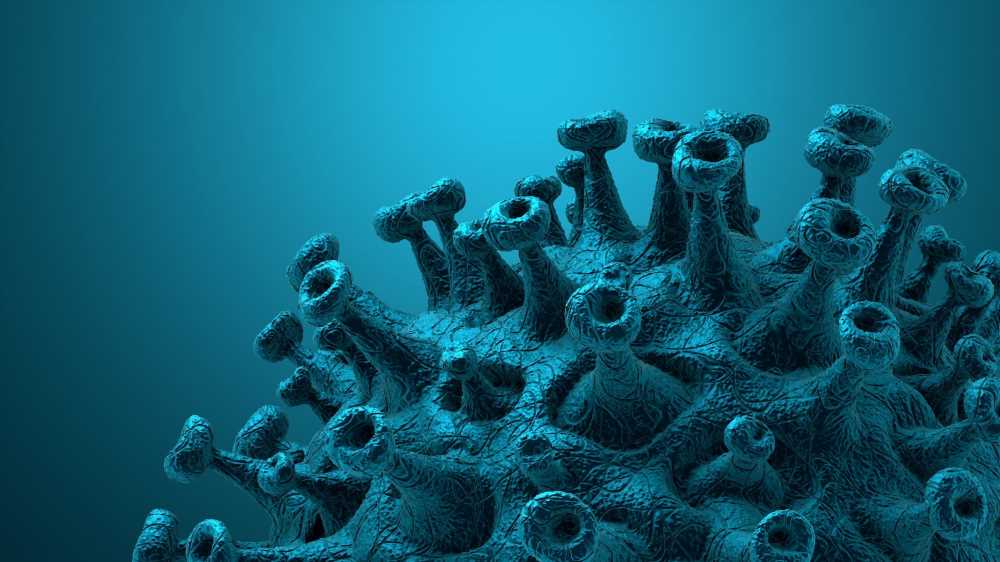In a recent article posted to the Preprints with The Lancet* server, researchers evaluated circulating severe acute respiratory syndrome coronavirus 2 (SARS-CoV-2) elements in long coronavirus disease (COVID).

Background
Since the COVID 2019 (COVID-19) pandemic started in December 2019, SARS-CoV-2, the causative virus, has been linked to more than 585 million confirmed cases and 6.4 million fatalities globally. While significant advancements have been made in understanding the acute symptoms of the SARS-CoV-2 infection, post-acute sequelae of COVID-19 (PASC) are less well understood.
The current definition of PASC is any new or continuous SARS-CoV-2 symptoms persisting after four weeks of acute infection and cannot be accounted for by any other underlying causes. Even if just a negligible percentage of patients develop PASC, the massive toll that acute infections have had and continue to have will impact the healthcare system and society worldwide in the coming years. Therefore, it is crucial to recognize those at high risk of developing PASC, comprehend the mechanisms underlying acute and post-acute COVID-19 illness pathogenesis, and look into potential therapy targets.
About the study
In the present study, the researchers investigated the concentrations of circulating SARS-CoV-2 components, spike (S) protein, and ribonucleic acid (RNA) in 151 hospitalized acute COVID-19 patients and those with and without PASC. They explored if the circulation of SARS-CoV-2 RNA or S protein was connected to the severity of the acute illness and whether its retention was linked to PASC manifestations.
The team compared symptomatic hospitalized SARS-CoV-2 patients according to World Health Organization (WHO) illness severity score. Based on patients' self-reported symptoms from either questionnaires or physician visits, they divided PASC patients into PASC-positive and PASC-negative groups. Besides, the scientists analyzed whether extracellular vesicles (EVs) exhibited the SARS-CoV-2 S protein on their surface.
Results
The study results illustrated that while SARS-CoV-2 RNA was linked with a tissue injury indicator, lactate dehydrogenase (LDH), a positive correlation was present between S protein and the length of hospitalization, D-dimer, and peak WHO score in 16 hospitalized acute COVID-19 patients. The team discovered that the viral S protein and RNA were detected more frequently in patients with PASC, comparing 33 patients experiencing post-COVID symptoms and 14 subjects without PASC. Moreover, in some instances, the viral RNA and S proteins were at higher titers in PASC patients versus acute COVID-19 patients.
Furthermore, the authors noted that while S protein positivity remained constant, the percent positivity of circulating SARS-CoV-2 RNA rose in the PASC-positive participants relative to the acute COVID-19 cohort. Additionally, they suggest that EVs without viral RNA were associated with a portion of the circulating S protein.
Overall, the study results showed that acute COVID-19 patients have circulating SARS-CoV-2 S protein and RNA, which can last up to a year or more following acute SARS-CoV-2 infection, and were linked to PASC. The present observations demonstrated that higher titers of these SARS-CoV-2 elements in circulation were more probable in PASC patients versus non-PASC patients. In addition, viral RNA was elevated in people with PASC compared to acutely infected people.
Remarkably, the researchers also documented that even in the lack of SARS-CoV-2 RNA in the vesicles, circulating S protein can still be connected to EVs. These results imply that the persistence of viral RNA or S protein may play a role in the emergence of PASC.
Moreover, the study results indicated that most subjects did not possess viral RNA and S protein concurrently in plasma, implying that the retention of viral particles was probably not caused by an actively replicating virus. In contrast, certain PASC patients did not harbor the viral RNA or the S protein in the plasma. PASC may be caused by chronic immune dysregulation, microthrombosis following acute COVID-19, or even a deterioration of underlying diseases in these patients.
Conclusions
In conclusion, the current findings depict that SARS-CoV-2 S protein or RNA fragments, independent of their existence or absence during the acute COVID-19 stage, remain in the convalescent SARS-CoV-2 patients with PASC. The authors pointed out that PASC was linked to the prolonged circulation of these viral components, i.e., RNA and S protein, in some instances, which can happen over a year following acute infection. Further, they demonstrated that plasma-derived tiny EVs from people with acute or long-COVID-19 included S protein and not viral RNA.
The study data may provide prospective therapeutic targets and insight into the causes of patients' PASC symptoms.
*Important notice
Preprints with The Lancet publish preliminary scientific reports that are not peer-reviewed and, therefore, should not be regarded as conclusive, guide clinical practice/health-related behavior, or treated as established information.
- Craddock, Vaughn and Mahajan, Aatish and Krishnamachary, Balaji and Spikes, Leslie and Chalise, Prabhakar and Dhillon, Navneet. (2022). Persistent Circulation of Soluble/EV-Linked Spike Protein and Viral RNA in Individuals with Post-Acute Sequelae of COVID-19. doi: http://dx.doi.org/10.2139/ssrn.4186787 https://papers.ssrn.com/sol3/papers.cfm?abstract_id=4186787
Posted in: Medical Science News | Medical Research News | Disease/Infection News
Tags: Chronic, Coronavirus, Coronavirus Disease COVID-19, covid-19, D-dimer, Healthcare, Pandemic, Protein, Respiratory, Ribonucleic Acid, RNA, SARS, SARS-CoV-2, Severe Acute Respiratory, Severe Acute Respiratory Syndrome, Syndrome, Virus

Written by
Shanet Susan Alex
Shanet Susan Alex, a medical writer, based in Kerala, India, is a Doctor of Pharmacy graduate from Kerala University of Health Sciences. Her academic background is in clinical pharmacy and research, and she is passionate about medical writing. Shanet has published papers in the International Journal of Medical Science and Current Research (IJMSCR), the International Journal of Pharmacy (IJP), and the International Journal of Medical Science and Applied Research (IJMSAR). Apart from work, she enjoys listening to music and watching movies.
Source: Read Full Article
